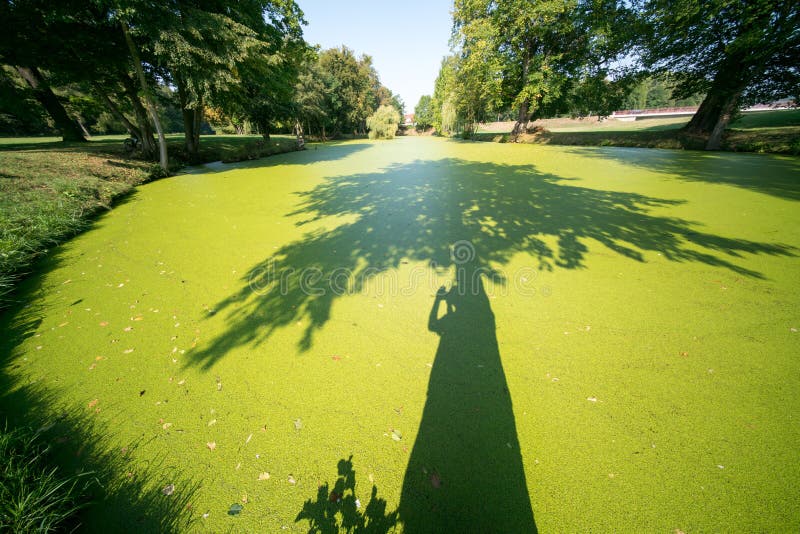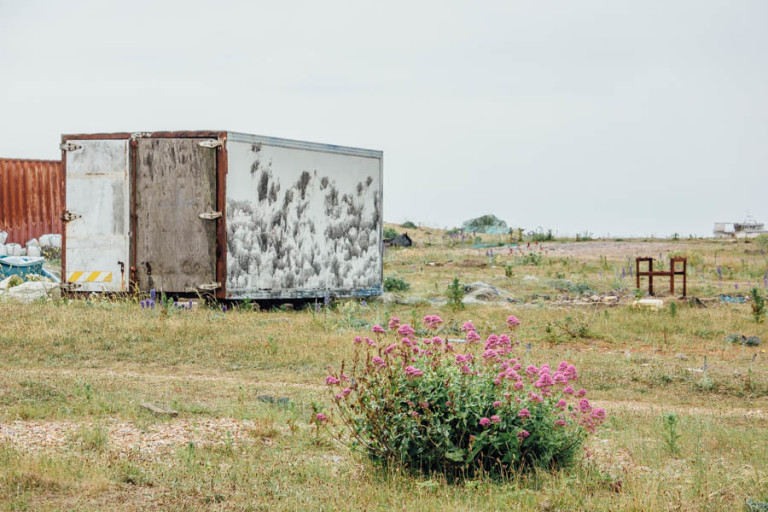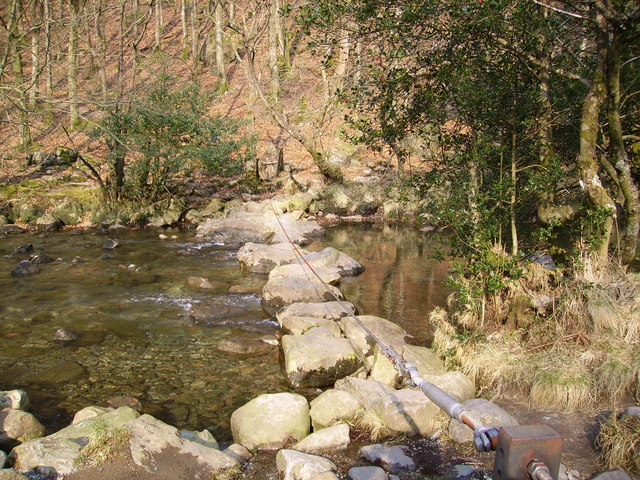



Instead, he’s left another clue, telling you to go down 2 and right 3. The source of the river Winster is found at J22, but the man isn’t there. Giver Simone the Common Trouse she needs Note from Simone Simone tells you of a man she met you wants to see you, but won’t come into Undermere, meaning you’ll have to go looking for him. No matter which plant you gave her yesterday, she asks for Worryless to help with her anxiety Consequently, most of the visitors are day trippers who live locally, or who travel from elsewhere in northern England: Hunter Davies considered its unfrequented nature one of its great attractions.The castle northwest of the abbey is Egremont Castle at B1, three miles east gets you to B4 for a new plant Customer 1, Faye Swift Many parts of the Duddon Valley are visited by tourists, but the location is outside the main tourist area of the Lake District. From Birks Bridge, through Troutal Gorge to Seathwaite there are some difficult canoeing sections graded at 5 requiring higher water levels to navigate. The section of the river downstream from Seathwaite is popular with canoeists and is graded as 3 with some easy 4. Subsequent sonnets followed the river downstream, past Birks Bridge (Sonnet XI), to Ulpha (Sonnet XXII), before reaching “the Deep.over smooth flat sands” with Sonnet XXXII. Pure flow the verse, pure, vigorous, free, and bright,įor Duddon, long-loved Duddon, is my theme! Than toil in needless sleep from dream to dream I seek the birth-place of a native Stream.-Īll hail, ye mountains! hail, thou morning light!īetter to breathe at large on this aëry height Through icy portals radiant as heaven’s bow Round the moist marge of Persian fountains cling NOT envying shades which haply yet may throwĪ grateful coolness round that rocky spring,Ĭareless of flowers that in perennial blow The Duddon at Troutal Gorge above Seathwaite Rawfold Bridge on the Duddon
#DUDDON TRIBUTARY STRANGE HORTICULTURE SERIES#
(Although it was first published as a series of 33 sonnets, the Duddon series was expanded to 34 sonnets in the Poetical Works of 1827.) To which is annexed a Topographical Description of the Country of the Lakes in the North of England in April 1820, and later in Wordsworth's Miscellaneous Poems in July 1820. This sequence first appeared in The River Duddon, A Series of Sonnets: Vaudracour and Julia: And Other Poems. He wrote his lyric sequence "The River Duddon, A Series of Sonnets" between 18. The poet William Wordsworth wrote extensively of the Duddon, a river he knew and loved from his early years.Arthur Ransome figured the valley under the name ‘Dundale’ in his Lake novels.The River Duddon and the Duddon Estuary have figured prominently in the work of the Cumbrian poet Norman Nicholson, who said of the river valley that “Without hesitation this is my favourite place of all.After about a mile (1.6 km) the Duddon becomes tidal as it opens into the Duddon Estuary between Furness and south-west Cumberland. Passing under the Duddon Valley road, the river assumes a southerly course to Duddon Bridge where it is crossed by the A595 trunk road. The river then takes a south-westerly direction to Ulpha Bridge. Close to the hamlet of Seathwaite the Tarn Beck from Seathwaite Tarn is subsumed. The catchment area of the River Duddon includes a substantial part of the south-western Lake District fells, including the eastern slopes of Corney Fell, Ulpha Fell and Harter Fell the southern slopes of the mountains around the head of Langdale, and the western slopes of Dunnerdale and Seathwaite Fells.Ī small waterfall upstream of Birks Bridgeįrom its source the Duddon falls rapidly over a distance of two miles (3.2 km) to Cockley Beck at the head of Dunnerdale. For its entire length the Duddon forms the boundary between the historic counties of Lancashire and Cumberland and since local government re-organisation in 1974 the Duddon has been in the ceremonial county of Cumbria.

In total, from source to the westernmost part of Duddon Sands, its length is 43 kilometres (27 mi). The river descends to the sea over a course of about 15 miles (24 km) before entering the Irish Sea at the Duddon Sands. It rises at a point 1,289 feet (393 m) above sea level near the Three Shire Stone at the highest point of Wrynose Pass ( grid reference NY277028). The Duddon is a river of north-west England.


 0 kommentar(er)
0 kommentar(er)
